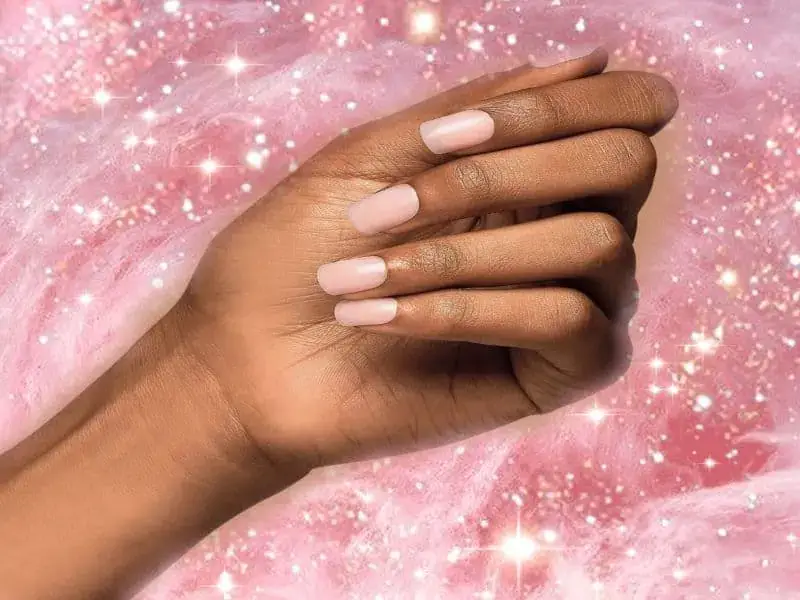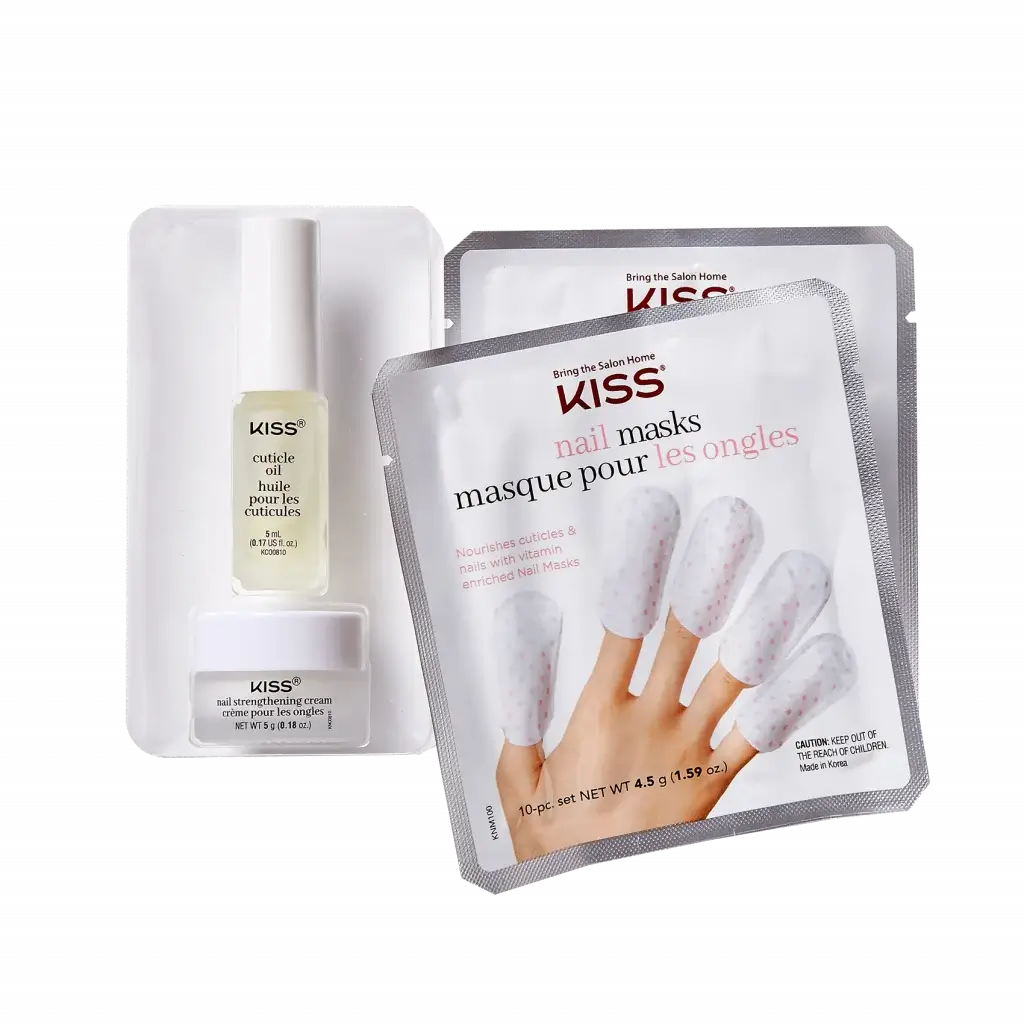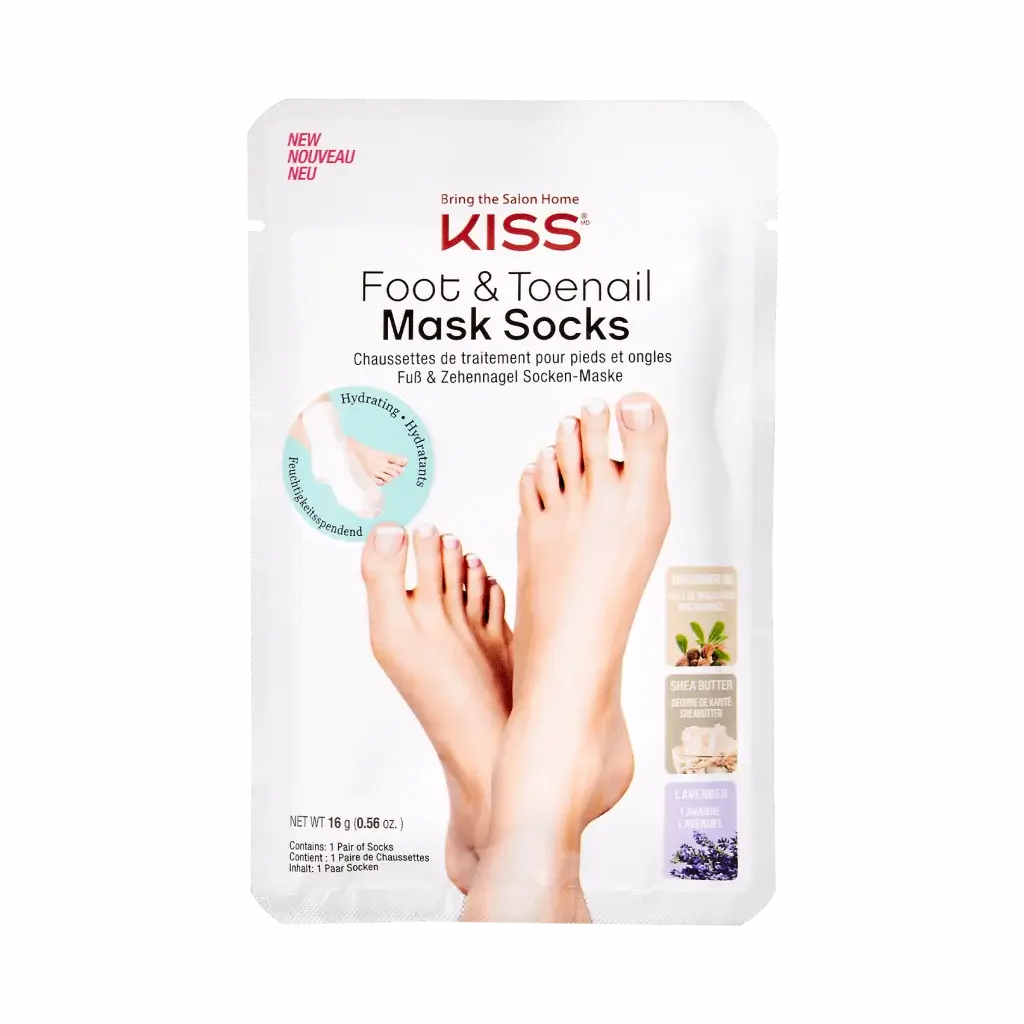
The secret to stronger, healthier nails is aptly known as ‘nail slugging’. Here’s expert advice on why you should give this TikTok sensation a try.
If you’re into beauty, chances are you have already heard the term ‘slugging’ being tossed into your self-care conversations. Yup, it sounds a little gross, but the term slugging refers to an overload of moisture to lock in hydration. In most cases, a thick ointment like Vaseline does the trick.
The idea is to over-hydrate and slather on enough thick moisture that it kind of resembles a mucus layer (Ah, hence the name, slug!)
The hashtag #slugging has over 500 million views on TikTok, so yeah, it’s kind of a craze. There’s skin slugging, hair slugging, and yes, nail slugging is a pretty big deal, too, and it really is a great way to keep dry, brittle nails at bay.
Now that we are entering into colder temps, when dehydration, brittleness, and breakage can be an issue, now is the perfect time to start slugging. Keep in mind, your hands take on a lot of wear and tear, so taking the time to nourish them with some serious TLC just makes sense.
Also, holiday season is coming, so you’ll want your nails on point and get them prepped to wear the latest mani trends, like these stunning press-on nails styles, designed by celebrity nail artist Tom Bachik.
What is nail slugging?
According to Dr. Marisa Garshick, a leading NYC-based board-certified dermatologist, nails slugging refers to applying cuticle oil to the nails and then following with petrolatum jelly or a thick ointment to the nails to help lock moisture in and protect the nails from external irritants. Not all TikTok trends are created equal, but in the case of nail slugging, this trend is worthy of your time, because it’s a great way to grow stronger, healthier nails.
Does nail slugging work?
“It works to help nourish the nails, the cuticle and the skin around the nails while also helping to create a protective barrier to minimize the potential for infection or irritation,” explains Garshick. She says it is important to avoid cutting or pushing on your cuticles. “Cuticles exist as a barrier to help protect you from infection or inflammation.”
How do you care for your cuticles?
You can show your cuticles some much needed TLC by protecting and nourishing them using moisturizing ointments and oils, says Garshick, and her top cuticle tips are to be cautious, and don’t let them become compromised. “It is important to avoid aggressively cutting the cuticles, as this can be irritating and increase the chance of infection.”
Let’s get slugging.
It’s all so simple and it’s basically beneficial to all, especially those who often wear acrylics, false nails, or gel polish. Nail slugging can be done as often as you wish, but once a week will do the trick. Sure, it goes beyond just rubbing on a little cuticle oil on, but the technique is just as easy. Start off using your favorite cuticle oil and nail care treatment products. Now it’s time to slug: coating your nails and cuticles in some serious moisture. (Products like Vaseline or Aquaphor work really well.) To help lock in all that moisture, use finger gloves, or regular gloves and try to leave it on all long as possible. Overnight is ideal.
Shop the trend.
KISS Manicovery Treatment ($7.99) is your fast-track to nail slugging. Revitalize nails with rejuvenating nail masks, nourishing strengthening cream, and hydrating cuticle oil to help make nails look healthier after one treatment. The multitasking trio revives weak, brittle nails and repairs damage from artificial nails, gel polish and acrylics.

KISS Foot & Toenail Mask Socks ($2.99) is quite the treat for your feet! The socks are infused with hydrating deep moisturizing shea butter, nutrient rich macadamia oil, and soothing lavender. Be sure to kick back and relax. Socks are slippery – do not walk around wearing them!

MEET THE EXPERT
Dr. Marisa Garshick, MD, FAAD is a leading board-certified dermatologist who provides a wide variety of cosmetic and medical procedures and services including treatments for acne, eczema, hyperhidrosis, moles, psoriasis, rosacea, signs of aging, skin cancer, skin tags, vitiligo, and wrinkles.
